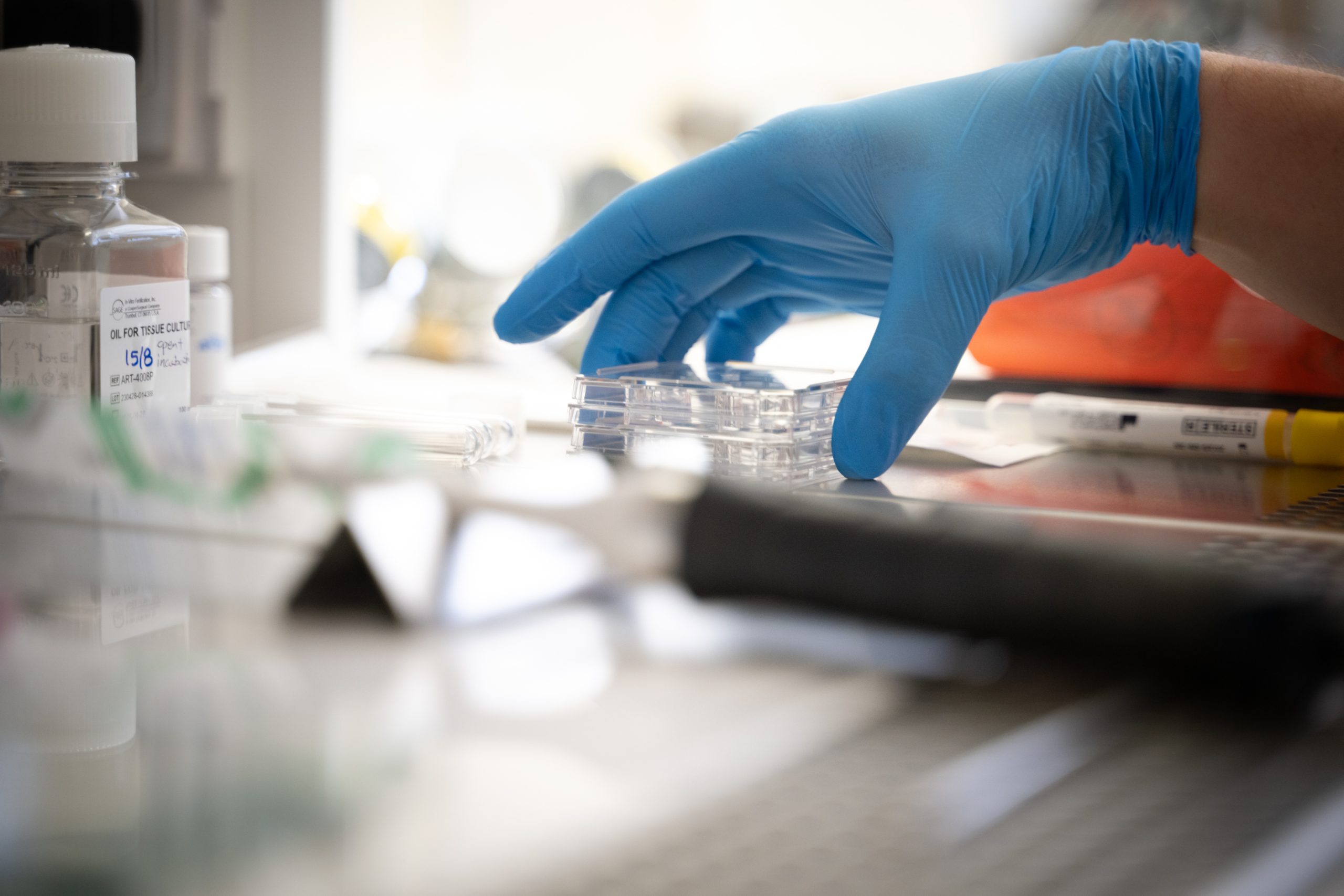Additional Treatments and Add-ons

Our specialist team at Leicester Fertility Centre can offer add-on treatments which may involve an extra cost on top of a routine cycle of fertility treatment. The HFEA recently published data regarding fertility ‘treatment add-ons’ giving each add-on either a red, amber or green light based on current research data and published literature. Before you consider any additional treatment(s) linked to your IVF and/or ICSI cycles we highly recommend you visit the HFEA website here.
Embryo Time Lapse
With an Embryo Time Lapse, it allows us to regularly check on how your embryo is developing, usually during IVF treatment. Rather than removing embryos to check under a microscope, this camera technology allows pictures to be taken on a regular basis to create a video timeline – leading to undisturbed embryos and frequent updates. There is no additional charge for this service and it also means you can watch a timeline of how your embryo is developing.

Blastocyst Culture

During IVF or other assisted reproductive techniques, embryos can be left for only two to five days before being transferred back into the woman. However, this process allows for them to be held beyond the five days until they develop into a blastocyst. As a blastocyst contains more cells, some feel this could lead to a better chance of pregnancy when it is re-implanted. There is no extra charge for this add-on.
Embryo Glue
Embryo Glue is not the same as regular glue. It’s created using Hyaluronan, which is present in our bodies. It is used to try and emulate the kind of environment that an embryo would have in the womb. By placing embryos in this substance, it can create a sticky surface for it in the uterus – which could lead to a better chance of pregnancy. There is no additional charge for Embryo Glue.

Endometrial Scratch

The Endometrial Scratch is generally used amongst those who have struggled to get pregnant through IVF treatment on several occasions. The lining of the womb is scratched in order to trigger a reaction. With hormones released, suggestions are that this can then lead to a more receptive environment for the embryo to be planted in.
PGT-A I testing
PGT-A I testing is used to check on the genetics of embryos and to count the number of chromosomes. This can help to see if there are any abnormalities. If there are, only normal embryos are implanted, which can aid in getting the best results.





